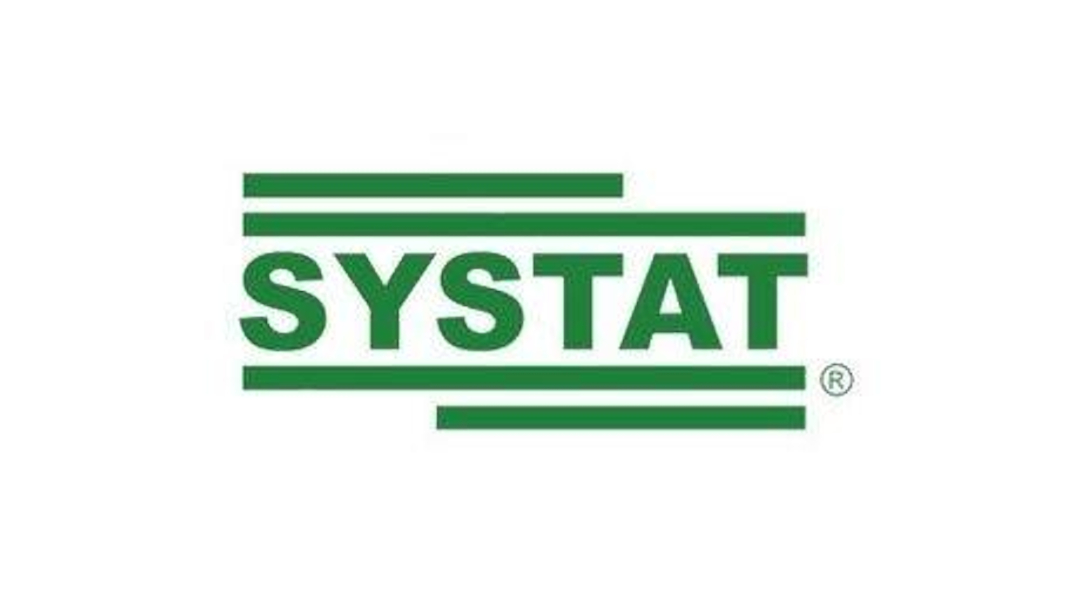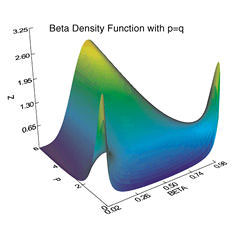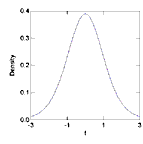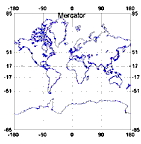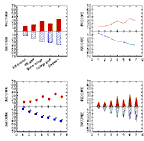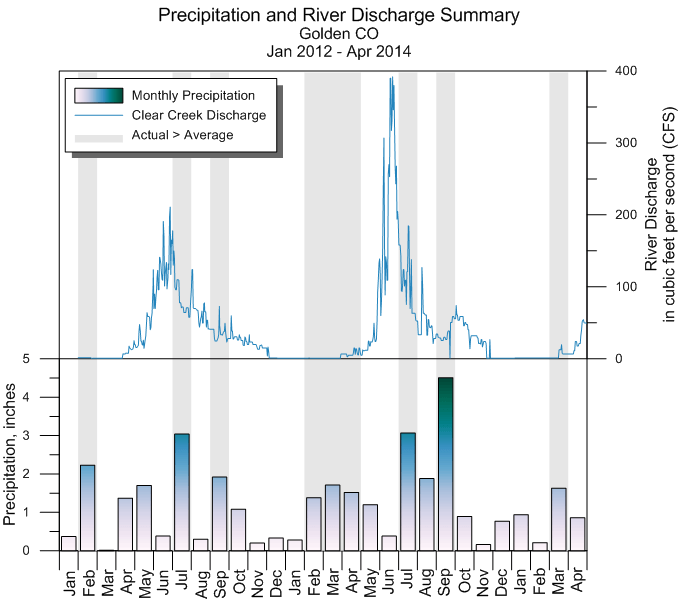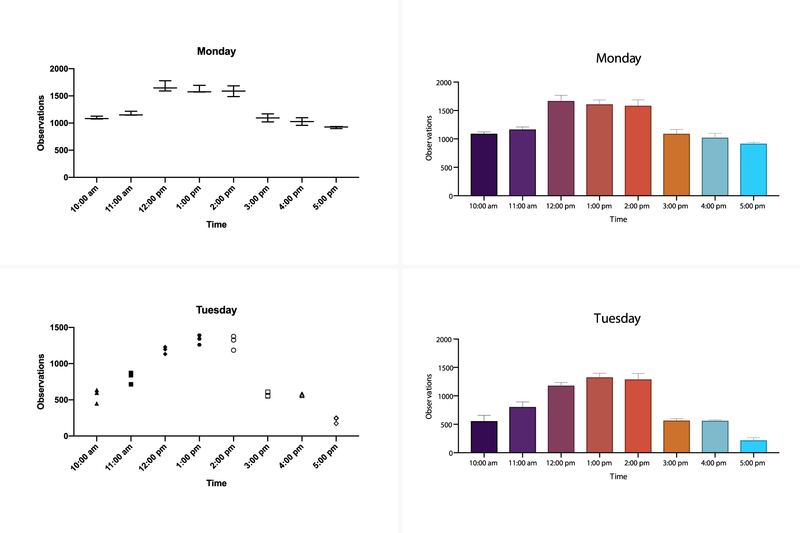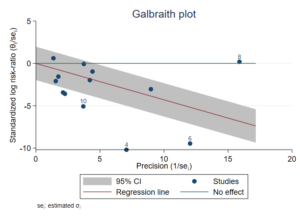Systat
Produktinformationen "Systat"
Systat – Die leistungsstarke Software für statistische Analysen & Visualisierung
Maximale Flexibilität für Wissenschaft & Forschung
Systat ist eine fortschrittliche Statistiksoftware für Datenanalyse, wissenschaftliche Visualisierung und automatisierte Berechnungen. Mit einer umfangreichen Auswahl an statistischen Verfahren und leistungsstarken Graphikfunktionen ist Systat die ideale Lösung für Forschungseinrichtungen, Universitäten und Labore weltweit.
Warum Systat?
✅ Umfangreiche statistische Verfahren – Von einfacher Regression bis zu komplexen multivariaten Analysen
✅ Hochwertige 2D- & 3D-Visualisierungen – Publikationsreif für Präsentationen & wissenschaftliche Arbeiten
✅ Bootstrapping für alle statistischen Prozeduren – Präzise Analysen auch bei kleinen Stichproben
✅ Kosteneffizient & leistungsstark – Flexibilität ohne Kompromisse
✅ Automatisierbar mit leistungsstarker Skriptsprache – Effiziente Workflows & wiederholbare Analysen
Hauptfunktionen von Systat
🔹 Umfassende Statistik-Funktionalität
✔ Einfache & komplexe lineare Modelle – Regressions- & Varianzanalysen
✔ Multivariate Verfahren – Hauptkomponentenanalyse (PCA), Clusteranalyse & multidimensionale Skalierung
✔ Lebensdauer- & Zeitreihenanalyse – Zuverlässigkeitsstudien & Prognosen
✔ Kreuztabellen & explorative Datenanalyse – Strukturierte Datenübersicht
🔹 Hochwertige Visualisierung & Präsentation
✔ Dynamische 2D- & 3D-Diagramme – Präzise & publikationsreife Darstellungen
✔ Individuell anpassbare Graphen – Aussagekräftige Visualisierungen für wissenschaftliche Arbeiten
✔ Integrierte Exportfunktionen – Perfekt für Berichte & Präsentationen
🔹 Effizienz & Automatisierung
✔ Leistungsstarke Skriptsprache – Automatisierte Workflows & anpassbare Analysen
✔ Bootstrapping für alle Verfahren – Exakte Schätzungen & robuste statistische Tests
✔ Schnelle & intuitive Benutzerführung – Einfache Bedienung für Experten & Einsteiger
📌 Erleben Sie die Vielseitigkeit von Systat – Jetzt testen!
SYSTAT – Fortschrittliche Statistiksoftware für Analyse & Visualisierung
Leistungsstark, flexibel & intuitiv
SYSTAT setzt die Tradition seines Gründers Dr. Leland Wilkinson fort, indem es modernste statistische Analyse mit hochentwickelten Visualisierungen kombiniert. Mit erweiterter Interaktivität, Editierbarkeit und Anpassbarkeit bietet SYSTAT alles, was Wissenschaftler, Datenanalysten und Entscheidungsträger für präzise Datenanalysen benötigen.
Warum SYSTAT?
✅ Breites Spektrum statistischer Verfahren – Von Grundlagenauswertungen bis hin zu fortgeschrittenen multivariaten Modellen
✅ Hochleistungsfähige Visualisierungstools – 2D- & 3D-Grafiken für professionelle Präsentationen
✅ Schnell & effizient – Bis zu 10x schnellere Berechnungen als frühere Versionen
✅ Intuitiv & anpassbar – Benutzerfreundliche Menüs und leistungsstarke Skriptmöglichkeiten
✅ Bootstrapping & Monte Carlo Simulationen – Präzise Analysen auch bei komplexen Daten
Funktionen & Analyseverfahren
🔹 Statistische Methoden
✔ Zeitreihenanalyse & Prognosen – ARCH & GARCH zur Modellierung von Fehlervarianzen
✔ Regressionsmodelle – Lineare, gemischte & polynomiale Regression
✔ Faktorenanalyse & Hypothesentests – Bestätigende Faktorenanalyse (CFA), ANOVA & nichtparametrische Tests
✔ Multivariate Verfahren – Clusteranalyse, Hauptkomponentenanalyse (PCA), Multidimensionale Skalierung
✔ Lebensdauer- & Überlebenszeitanalyse – Zuverlässigkeitsanalysen für Technik & Medizin
✔ Optimierungsverfahren – Antwortflächenmethoden & Versuchsplanung
🔹 Datenvisualisierung & interaktive Grafiken
✔ Publikationsreife Graphen – 2D- & 3D-Visualisierungen, Scatterplots, Voronoi-Diagramme & Konturplots
✔ Erweiterte Anpassungsoptionen – Farben, Symbole, Achsen, Projektionen & interaktive Transformationen
✔ Automatische Quick Graphs – Sofortige visuelle Analyse von Ergebnissen
✔ Dynamische 3D-Exploration – Datenrotation für optimale Transformationen
✔ Hexagonale Binning-Diagramme – Übersichtliche Darstellung großer Datenmengen
🔹 Simulationen & Monte Carlo Methoden
✔ Leistungsstarker Mersenne-Twister Zufallszahlengenerator
✔ 43 verschiedene Verteilungen für Simulationen
✔ Rejection & Adaptive Rejection Sampling
✔ Markov-Ketten-Monte-Carlo (MCMC) – Gibbs-Sampling & Metropolis-Hastings-Verfahren
🔹 Effiziente Benutzerführung & Automatisierung
✔ Flexible Bedienung – Menügestützte Steuerung oder intuitive Befehlszeile
✔ Schneller Zugriff auf Funktionen – Autovervollständigung, thematische Menüs & anpassbare Werkzeugleisten
✔ Ausgabeorganisation – Browser-ähnliche Struktur für einfache Navigation
✔ Individuelle Anpassung – Personalisierbare Menüs, Shortcuts & Layouts
📌 Erleben Sie die Vielseitigkeit von SYSTAT – Jetzt testen!
Systemvoraussetzungen:
- Windows 10, 8.x, 7, Windows Vista, 95, 98, NT and XP (32 bit)
- Pentium or Pentium clone or higher
- 32 MB RAM minimum (64 MB RAM for wavelet and production facility recommended)
- 25 MB hard disk space
- SVGA and above
Vorschläge

